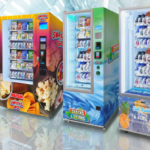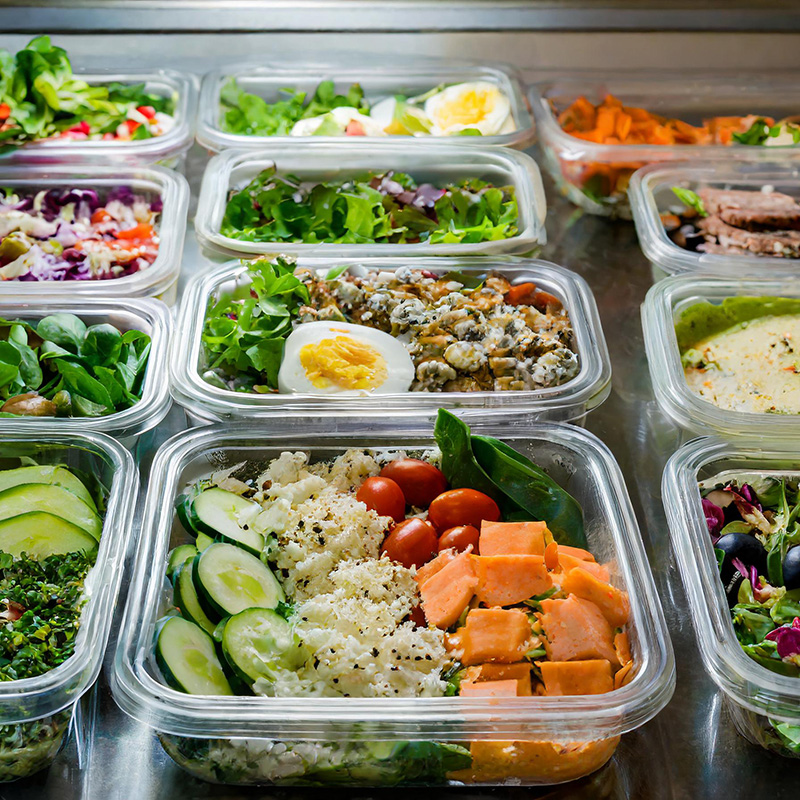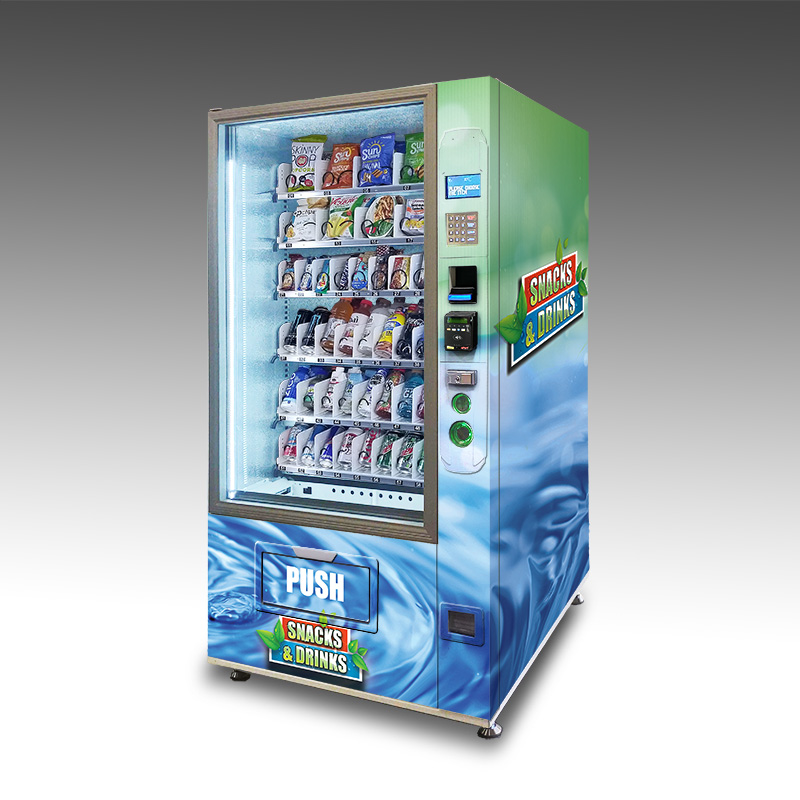Unlocking Profit: How Businesses Looking for Vending Machines Can Optimize Their Space for Success
In today's fast-paced marketplace, businesses looking for vending machines are increasingly recognizing the importance of strategic space optimization to enhance profitability. According to a recent report by IBISWorld, the vending machine industry in the United States is expected to reach $7.7 billion by 2024, underscoring the significant potential for growth. Furthermore, studies indicate that well-placed vending machines can generate a return on investment of up to 100% within the first year, making it imperative for business owners to maximize their available space effectively. By leveraging data on optimal placement, product selection, and technological advancements such as cashless payment systems, these businesses can not only increase foot traffic but also improve customer satisfaction. This comprehensive approach not only unlocks potential profits but also positions businesses to thrive in a competitive environment.
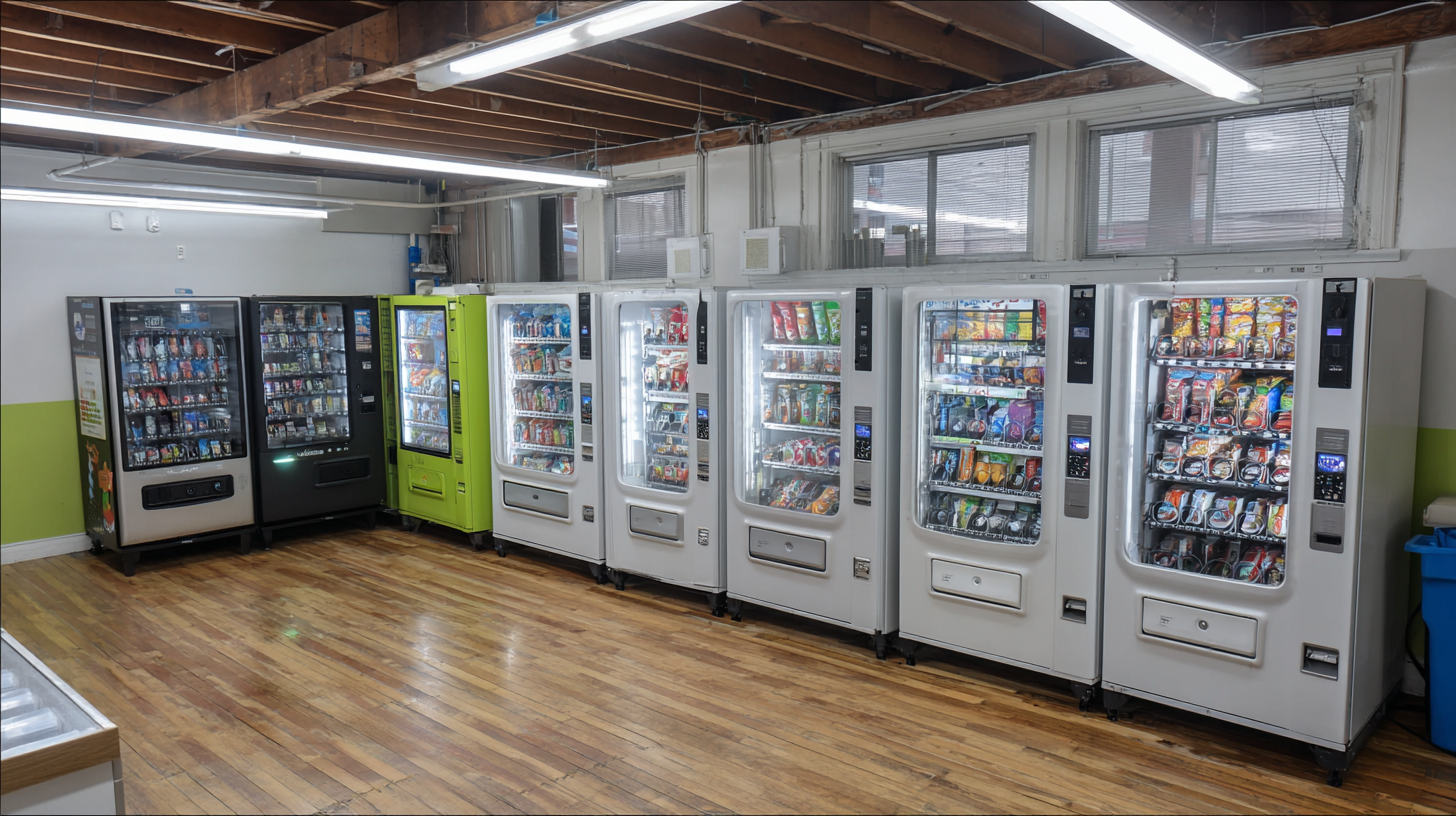
Identifying Strategic Locations for Vending Machines to Maximize Foot Traffic
When it comes to vending machine placement, identifying strategic locations is crucial for maximizing foot traffic. According to a report by IBISWorld, the vending machine industry generated approximately $7 billion in revenue in 2022, showcasing its growth potential. Optimal placement can significantly influence sales; research indicates that machines located in high-traffic areas such as malls, schools, and office complexes can see a 30% increase in purchases compared to those in less frequented locales.
Additionally, demographic considerations play a vital role in strategizing vending machine locations. A study from the National Automatic Merchandising Association (NAMA) emphasized that 70% of consumers prefer vending machines that offer products tailored to their environment, such as healthy snacks in gym facilities or quick meals in corporate offices. By understanding the behaviors and preferences of target demographics, businesses can strategically place machines to cater to specific needs, essentially transforming each location into a profitable opportunity. Investing in data analytics for identifying the best locations can yield significant returns and enhance overall operational success.
Leveraging Data Analytics to Determine Optimal Vending Machine Offerings
In today's rapidly evolving e-commerce landscape, businesses seeking to optimize their vending machine offerings must leverage data analytics to make informed decisions. As the complexity of consumer behavior increases, it is essential to analyze purchasing patterns and preferences that can be derived from extensive data collection. By utilizing data analytics, businesses can determine which products are most in demand, allowing them to tailor their vending machine selections to better meet customer needs.
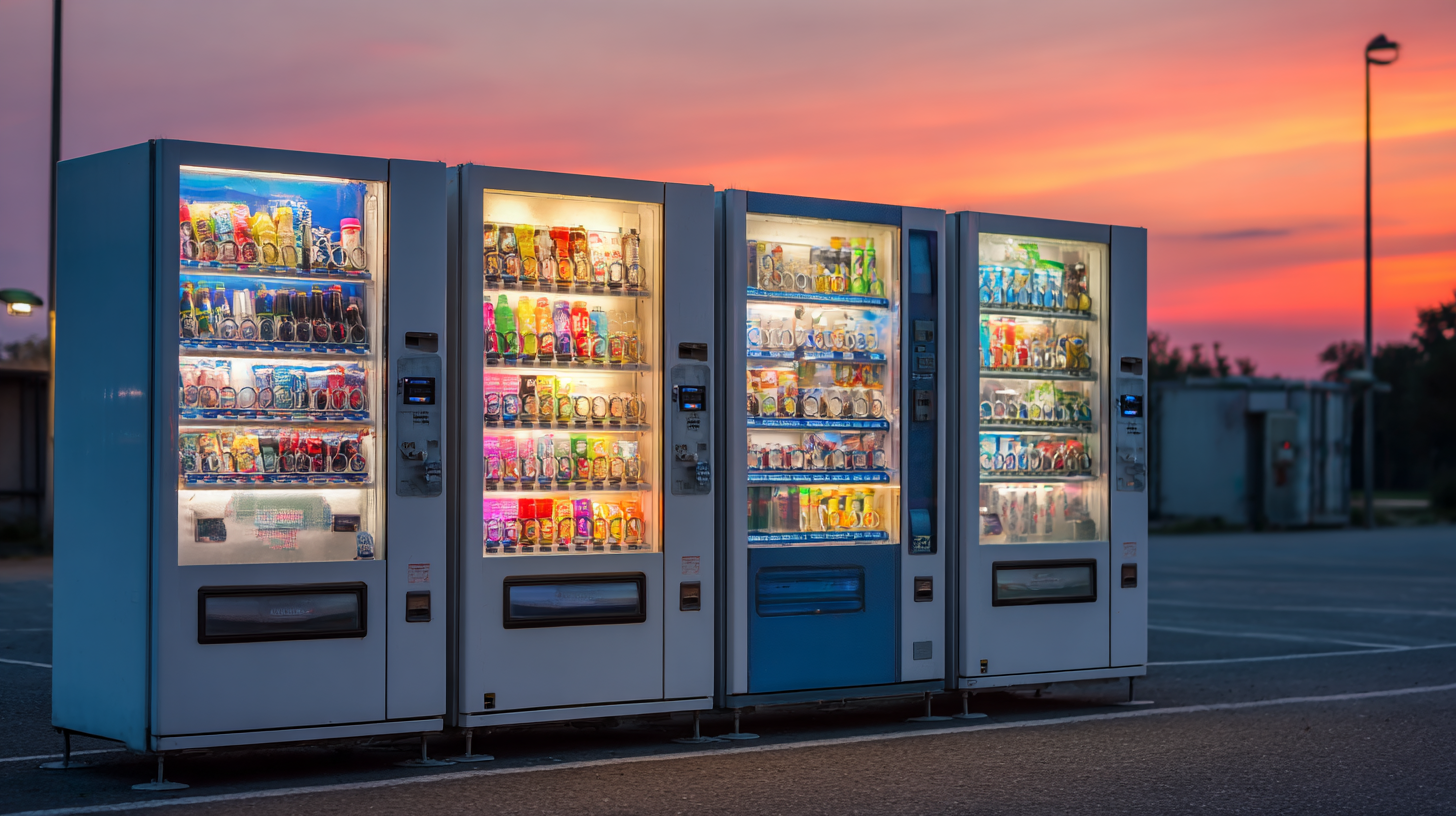
Moreover, the integration of smart technologies into vending machines has opened new avenues for data tracking and analytics. Through effective data points, businesses can monitor user interactions and identify trends, thereby enhancing the user experience. This alignment will not only promote customer satisfaction but also drive sales, ultimately unlocking greater profitability. As companies prepare for shifting dynamics in the e-commerce sector, data-driven strategies for optimizing vending machine space will be crucial in establishing a competitive advantage.
Designing an Engaging Vending Machine Experience to Boost Sales
In the rapidly evolving landscape of the vending machine industry, optimizing space for success is crucial for businesses aiming to leverage the lucrative potential of smart vending solutions. The global market for intelligent vending machines is projected to grow significantly, with expectations of reaching $20.9 billion by 2026 and soaring to $15.9 billion by 2035, reflecting a notable growth rate of 14.21%. This underscores the necessity for businesses to design an engaging vending machine experience that captivates consumers and boosts sales.
Creating an inviting and interactive environment around vending machines can enhance consumer engagement and drive higher daily sales. Millions of products are sold daily through vending machines, indicating a substantial consumer demand. By strategically placing machines in high-traffic areas and curating a product selection that aligns with local preferences, businesses can optimize their space and ultimately increase profitability. Reports suggest that the global smart vending machine market could surge from $11.47 billion in 2025 to $36.89 billion by 2032, demonstrating an annual growth rate of 18.2%. This shift highlights the importance of evolving merchandising strategies and incorporating technology to provide an enriching vending experience that keeps customers returning for more.
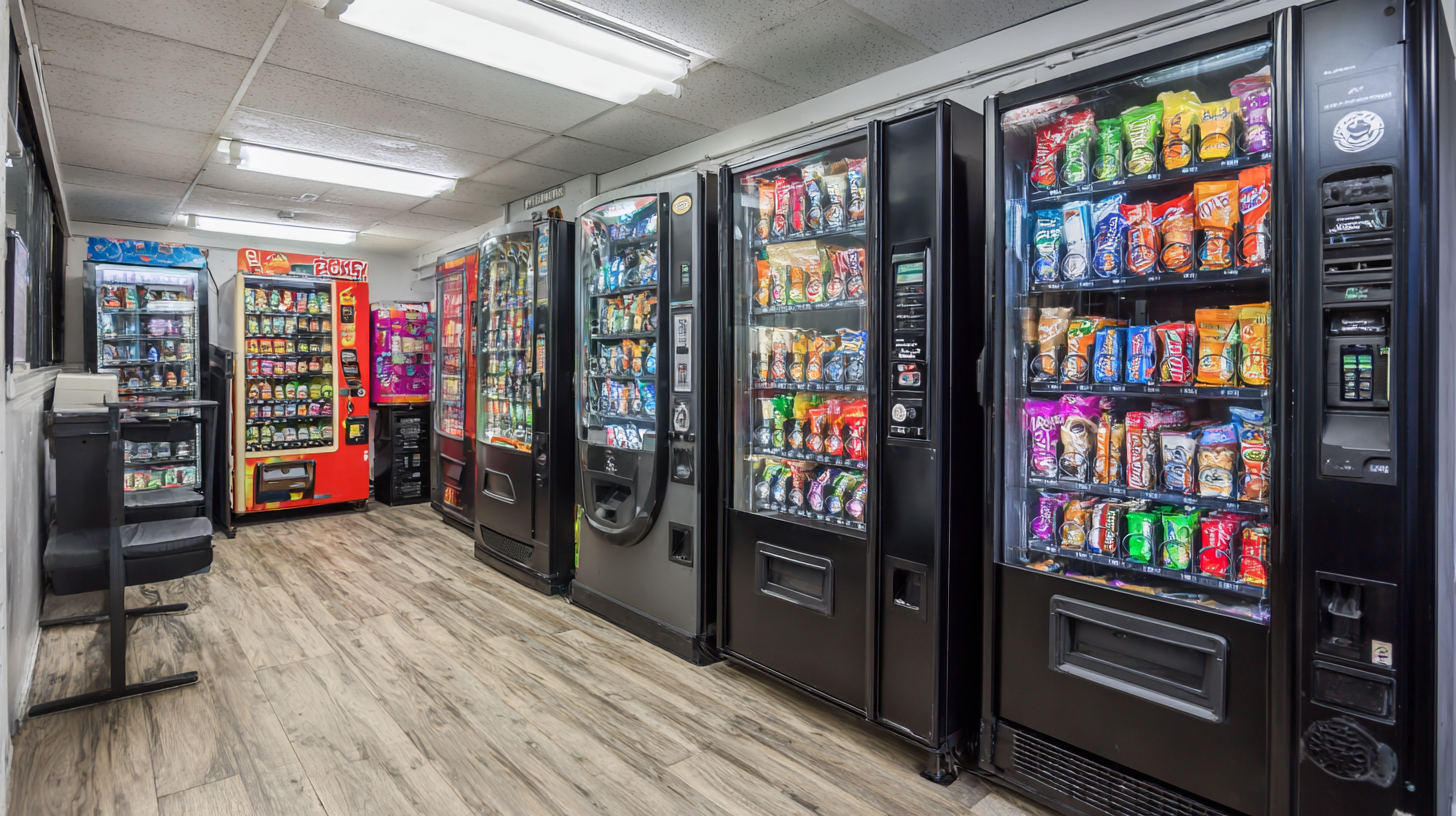
Integrating Technology for Efficient Space Management in Vending Operations
In the evolving landscape of vending operations, integrating technology stands out as a critical component for efficient space management. According to the 2022 National Automatic Merchandising Association (NAMA) report, over 60% of successful vending businesses utilize data analytics to optimize their inventory and machine placement. By leveraging real-time data, businesses can identify high-traffic areas and adjust their offerings to match consumer preferences, ultimately enhancing sales and reducing waste.
Tips: To make the most of your space, consider implementing smart vending machines equipped with telemetry systems. These devices provide insights into consumer behavior and inventory levels, allowing for timely restocking and better product selection. Furthermore, exploring mobile payment solutions can streamline transactions and improve customer experience, encouraging repeat visits.
Another key aspect is the design and layout of your vending area. According to a report from IBISWorld, businesses that create an inviting and accessible environment see a 30% increase in customer engagement. Ensure that your machines are well-lit and strategically positioned to capture attention, while also maintaining an uncluttered space that facilitates easy access. With the right technological integration and space optimization strategies, businesses can unlock significant profit potential in their vending operations.
Evaluating Consumer Trends to Tailor Vending Machine Placements and Products
In today's fast-evolving market, businesses that incorporate vending machines need to leverage consumer trends to optimize product placement and enhance profitability. According to a report by IBISWorld, the vending machine industry in the U.S. is estimated to grow at an annual rate of 3.1%, reaching a market size of $7.4 billion by 2024. This growth is fueled by shifting consumer preferences towards convenience and health, necessitating a strategic approach to vending machine deployments.
Understanding these trends can lead to more effective machine placements. A study from VendingMarketWatch highlighted that 64% of consumers prefer healthier snacks, prompting businesses to curate product offerings that cater to this demand. For instance, placing machines in gyms or office areas with a selection of nutritious options can significantly improve traffic and sales. Additionally, data from the National Automatic Merchandising Association revealed that engaging with consumer feedback can lead to a 30% increase in satisfaction and retention, underscoring the importance of aligning product choices with evolving preferences in order to achieve optimal success.
Consumer Trends in Vending Machine Placements
Related Posts
-

Exploring the Rise of Vending Machine Franchises and Their Revenue Growth in a Post Pandemic Market
-

Why Your Business Needs a Snack Machine to Boost Employee Morale
-

The Ultimate Guide to Starting Your Own Vending Machine Business Today
-

Unlocking the Secrets of the Vending Business for Aspiring Entrepreneurs
-
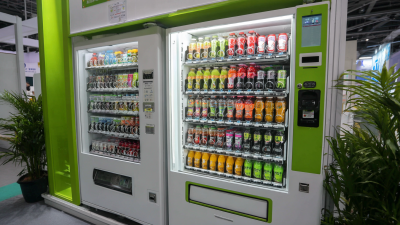
Exploring Healthy Vending Machine Franchise Opportunities at the 2025 China Import and Export Fair
-

Create Your Own Sweet Haven with Innovative Candy Machines at Home





